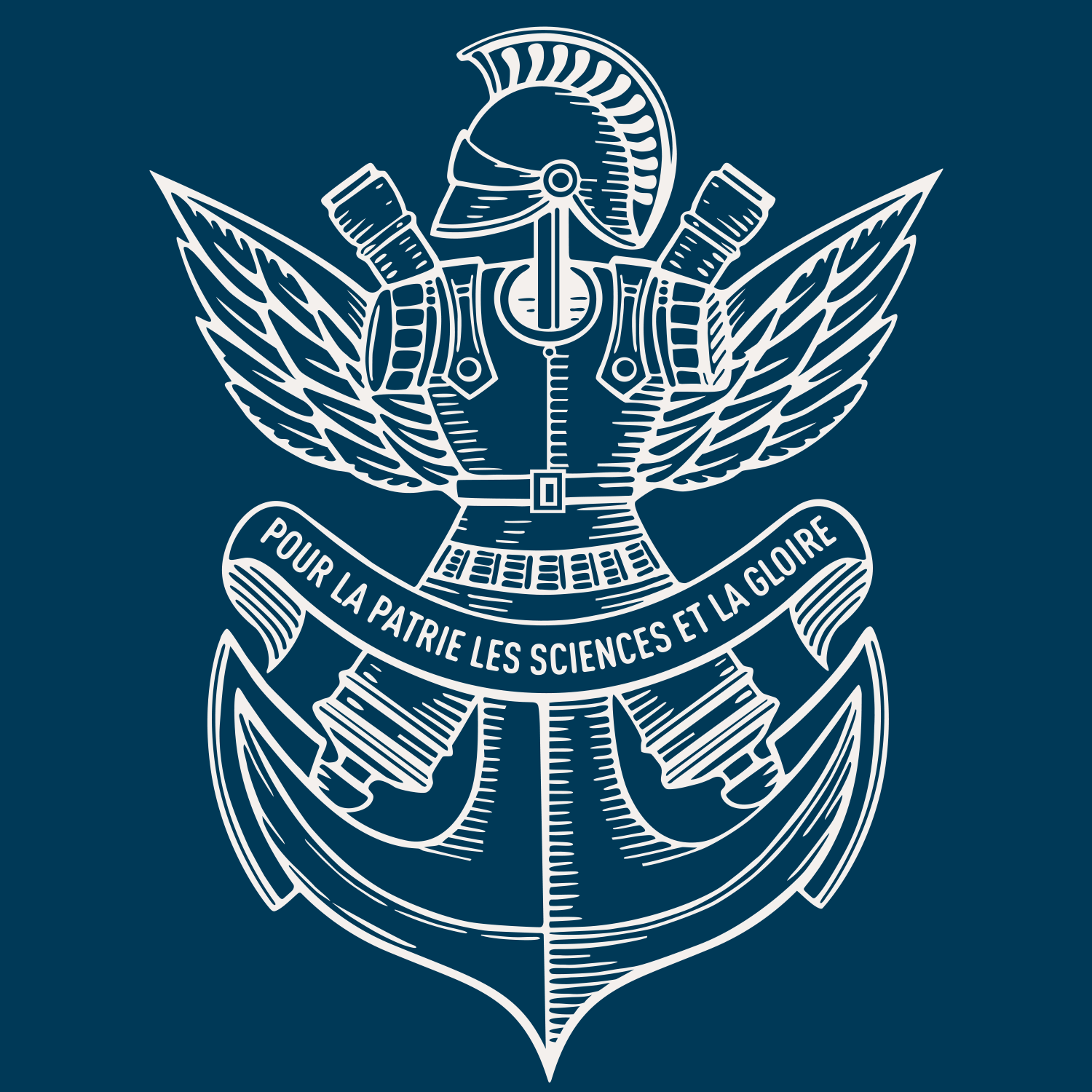Dehydration of ionized propanol in the gas phase
Résumé
Experimental and theoretical reexamination of the dehydration reaction of ionized propanol, 1, indicates that both ionized cyclopropane and ionized propene are produced as fragment ions. Tandem mass spectrometry experiments including charge stripping, neutralization-reionization, and ion-molecule reactions with ammonia and NO are best interpreted by the formation of a mixture of [C3H6](.+) fragment ions. The composition of this mixture is nearly insensitive to the internal energy of the precursor ions 1. Molecular orbital calculations, conducted at the G2(MP2,SVP) level, confirm that the first step of the reaction is the 1,4-hydrogen migration [CH3CH2CH2OH](.+), 1 --> [CH2CH2CH2OH2](.+), 2; excellent agreement is found with the experimental critical energy barrier for this reaction. The distonic ion 2 may lead to ionized cyclopropane via a slightly stabilized ion-neutral complex, 3; the energy determining step of the cyclopropane formation is the dissociation of complex 3. The second dissociation process of 2, leading to ionized propene, is associated with a 1,2-hydrogen migration leading to the distonic ion [CH3CH(OH2)CH2](.+), 4; the isomerization 1 --> 4 is the energy determining step of this reaction. Starting from 2, formation of ionized cyclopropane needs 69 kJ/mol whereas the critical energy for ionized propene formation is only 54 kJ/mol, From a strictly energetic point of view, both reactions are allowed for ions 2 coming from 1, moreover propene ion formation should be favoured. Statistical rate constant calculations using an orbiting transition state model for the dissociation of the loose structure 3, demonstrate that the two reaction channels in competition at low, as well as at high, internal energy of the precursor ions 1, (C) 2000 Elsevier Science B.V.

